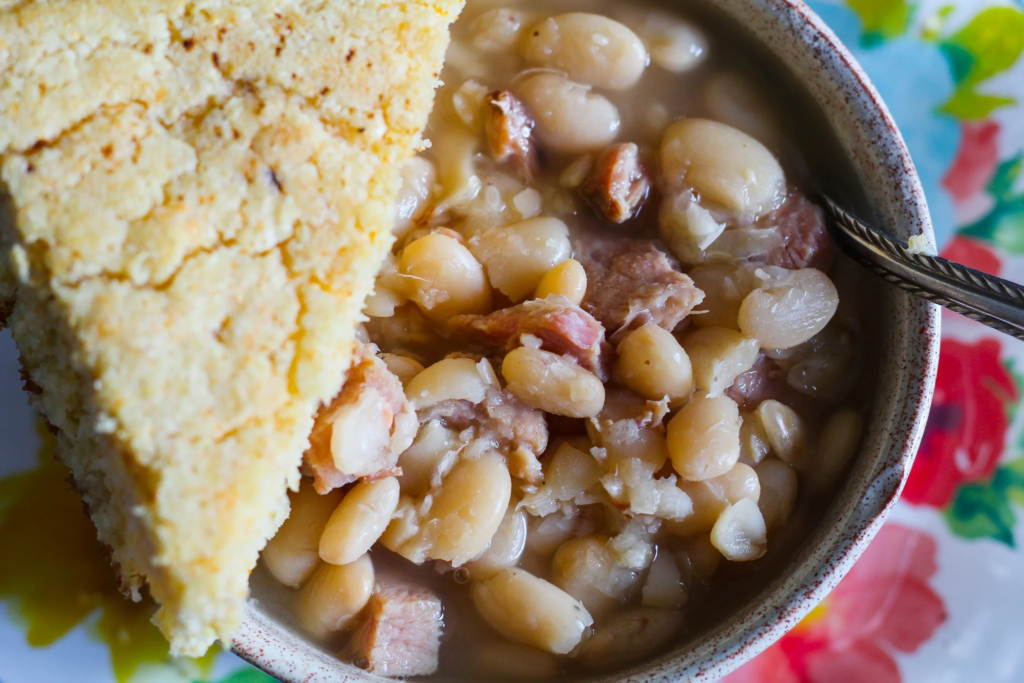 Great Northern Beans, Sauteed Spinach, Cornbread
Great Northern Beans, Sauteed Spinach, Cornbread
2 pounds dried Great Northern beans, soaked overnight
1 ham hock
2 T. chicken or ham base/concentrate or 1 packet Goya ham concentrate
2 bay leaves
2 tsp. onion powder
2 tsp. garlic powder
2 celery stalks, sliced thin
Dash of cayenne pepper (optional, if you like a bit of heat)
1 tsp. table salt, plus more to taste
1 tsp. ground black pepper, plus more to taste
1/2 of a ham steak (for more meat in the beans), optional
Drain the water from the soaked beans and remove any funky-looking beans or rocks. Return the beans to the slow cooker and add fresh water to cover the beans by 1 or 2 inches. Add the ham hock, chicken or ham base, bay leaves, onion powder, garlic powder, celery, cayenne (if using), salt, and pepper. Most newfangled slow cookers will thoroughly cook soaked beans in 4 to 6 hours on low or 2 to 4 hours on high. I apparently need a new slow cooker, because it took my old geezer 8 hours on low to cook these until tender. Bottom line: your mileage may vary if you have an older model. If at any time you think they are taking too long on low, just switch it over to a higher setting for a while. If you are using the ham steak, add it to the slow cooker about 15 minutes before serving to heat it through. Remove the ham hock before serving. Feel free to remove the meat from the bone and add it back to the beans. Adjust the seasoning with salt and pepper and discard the bay leaves.
Sauteed Spinach
1 pound baby spinach (more if you have a larger family or want leftovers)
2 T. olive oil
3 or 4 garlic cloves, minced (or more or less, to taste)
Pinch of cayenne pepper (or skip it if you don’t like the heat!)
Table salt, to taste
2 to 3 T. heavy cream (more or less, optional but yummy)
Rinse the spinach, even if it is prerinsed, because this will help wilt it. Working in batches, toss the spinach into a dry pan over medium-high heat. Stir and toss to keep it from sticking and remove it when very wilted. Add the next batch and repeat the process until it is all finished. Set all the wilted spinach aside. In the same pan, heat the oil over medium heat. Add the garlic and cook for a minute until fragrant. Add the spinach back into the pan and toss to coat with the garlicky, oily goodness. Stir in the cayenne and salt. If feeling decadent, add a bit of heavy cream and heat until just warm.
Skillet Cornbread
1 ¼ C. Cornmeal
¾ C. Flour
1/4 cup granulated sugar
1 tsp. kosher salt
2 tsp. baking powder
1/2 tsp. baking soda
1/3 cup whole milk
1 cup buttermilk
2 eggs, lightly whisked
8 T. (1 stick) unsalted butter, melted, plus 1 T.
Preheat the oven to 425°F and place a 9-inch cast-iron skillet inside to heat while making the batter. In a large bowl, whisk the cornmeal, flour, sugar, salt, baking powder, and baking soda. Add the milk and buttermilk and stir to combine. Add the eggs and stir to combine. Whisk in the melted butter. Carefully remove the hot skillet from the oven. Reduce the oven temperature to 3 75 °F. Add the remaining T. of butter and swirl it around the pan to melt. Pour the batter evenly into the skillet and place it in the center of the oven. Bake until the center is firm and a cake tester or toothpick inserted into the center comes out clean, 20 to 25 minutes. Let cool for 10 to 15 minutes before serving.
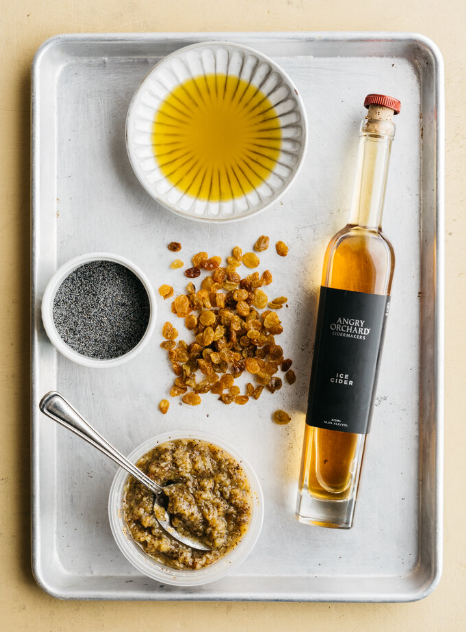 Raisin Jam
Raisin Jam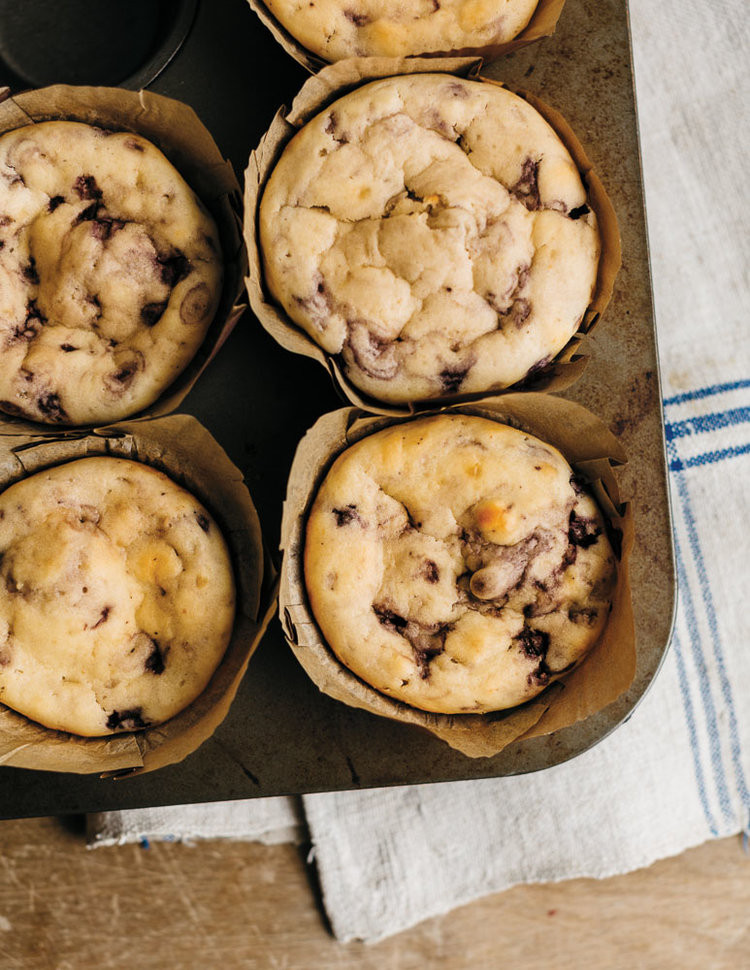 Blueberry-Ginger Muffins
Blueberry-Ginger Muffins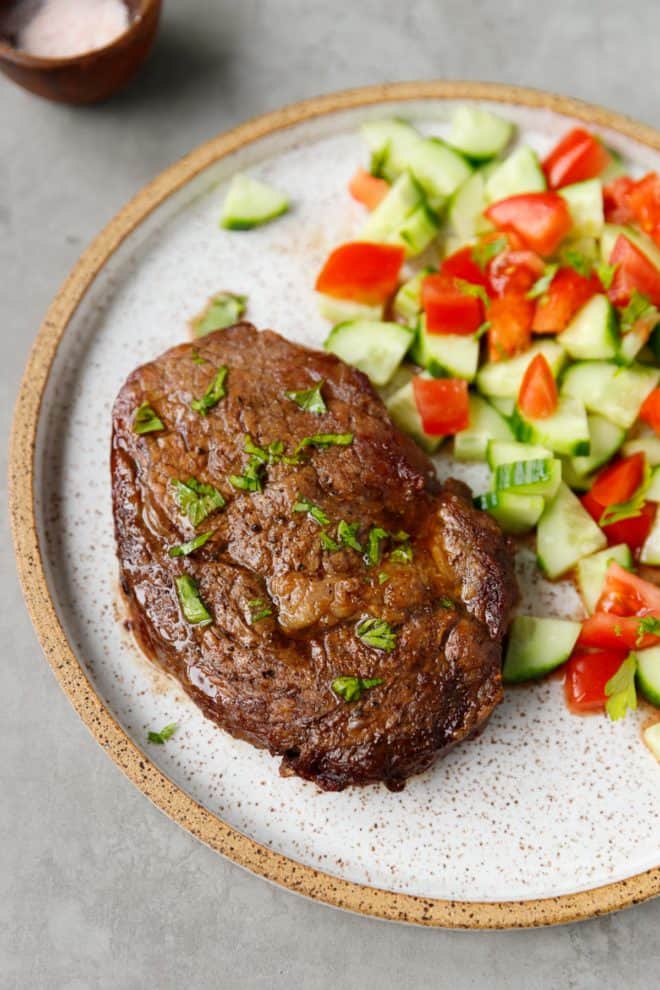 Air Fryer Ribeye Steak
Air Fryer Ribeye Steak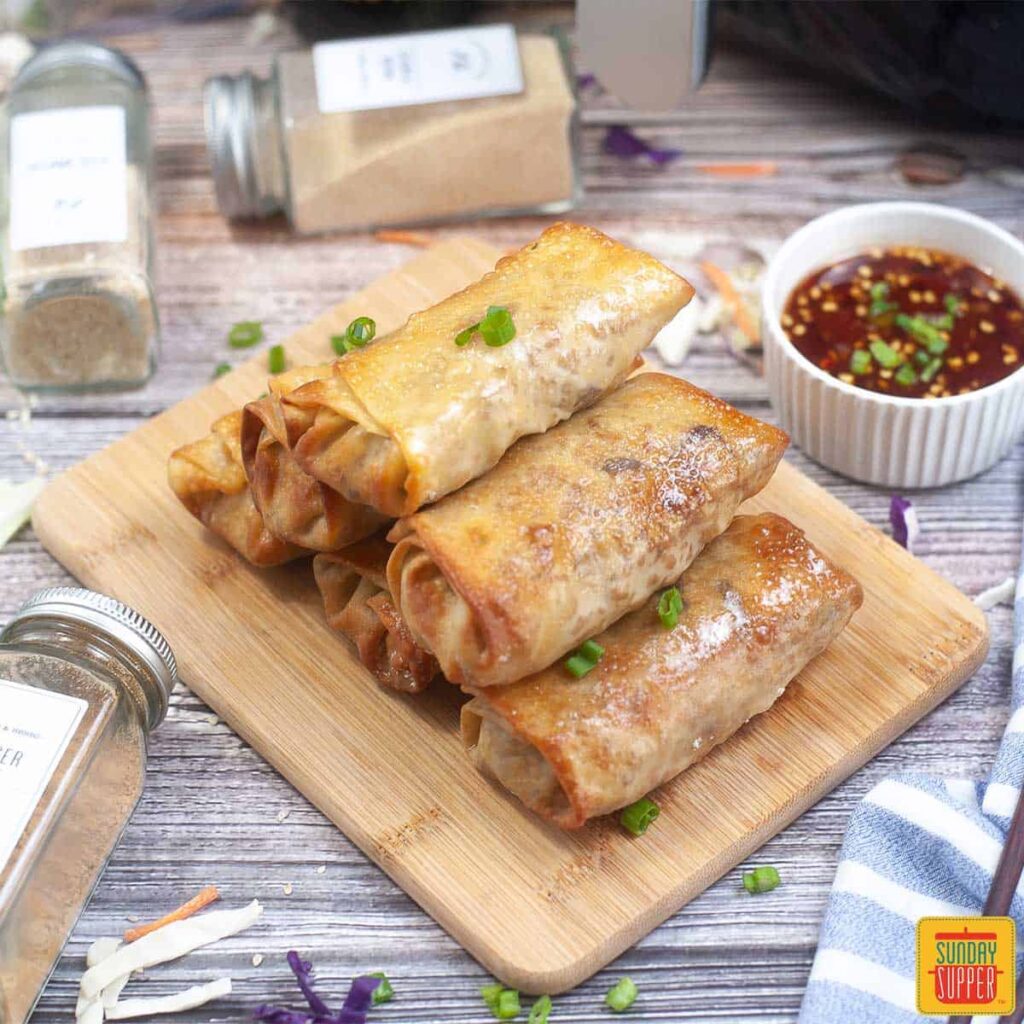 Air Fryer Egg Rolls
Air Fryer Egg Rolls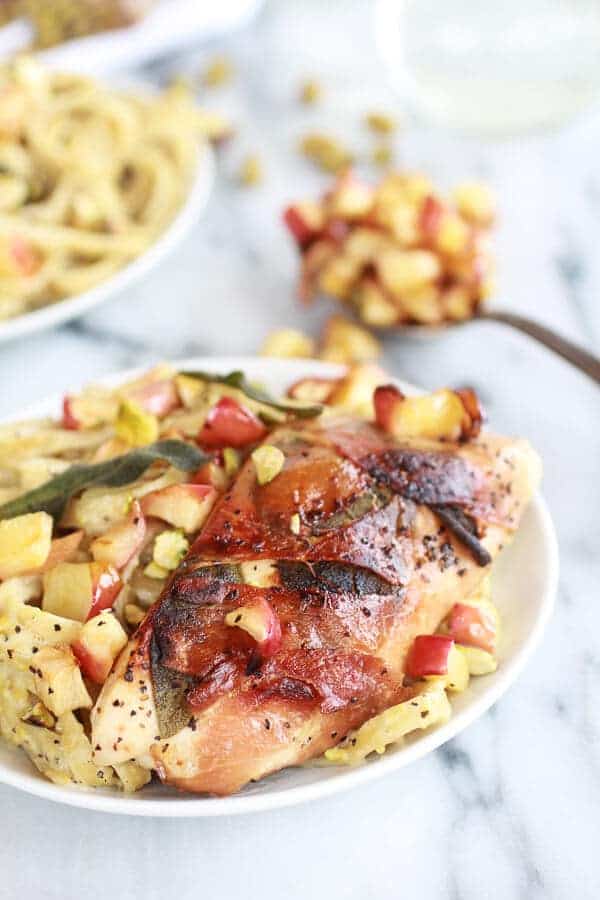 Crispy Prosciutto and Sage Wrapped Chicken with Creamy Pistachio Noodles
Crispy Prosciutto and Sage Wrapped Chicken with Creamy Pistachio Noodles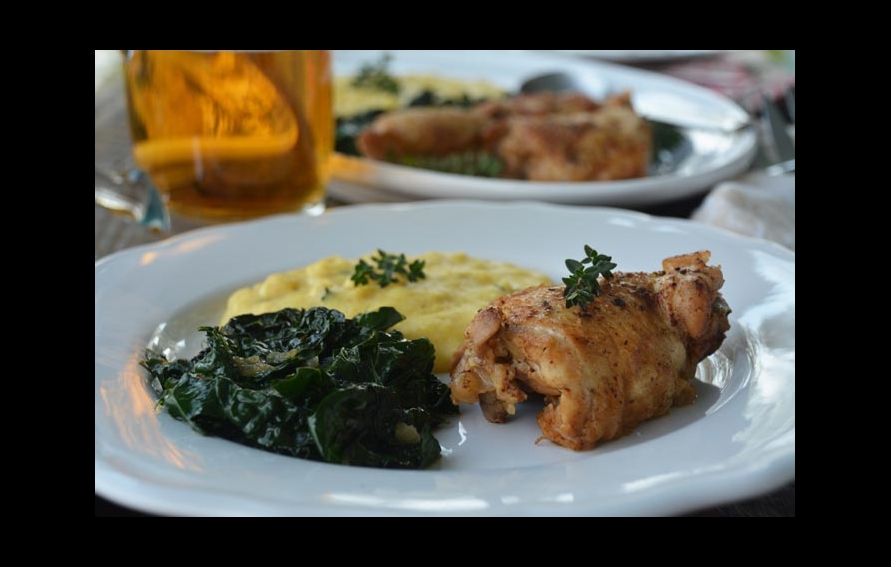 Beer-Braised Chicken Thighs with Kale and Polenta
Beer-Braised Chicken Thighs with Kale and Polenta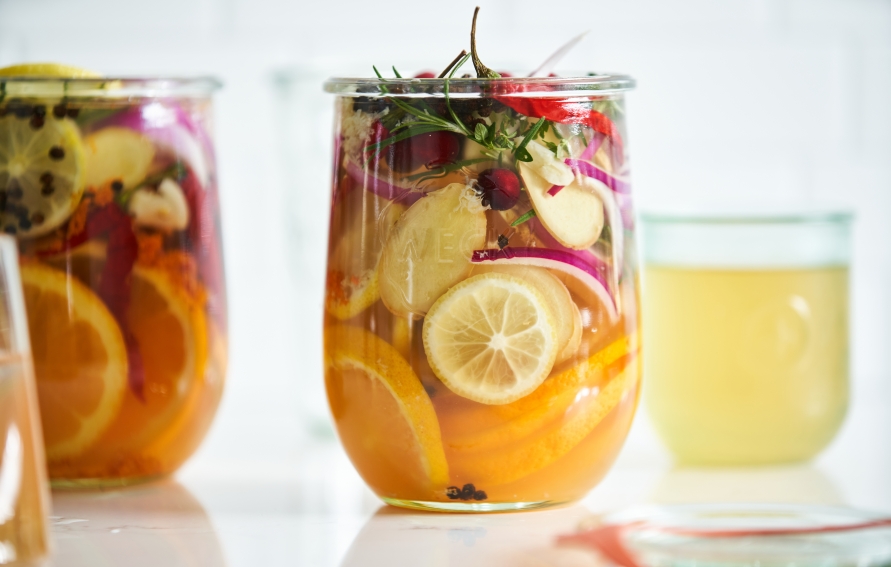 Roaring Fire Cider
Roaring Fire Cider Rajas con Crema
Rajas con Crema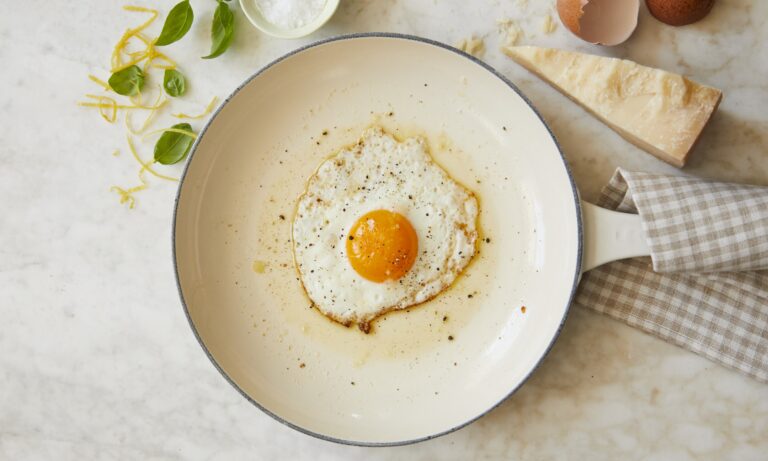
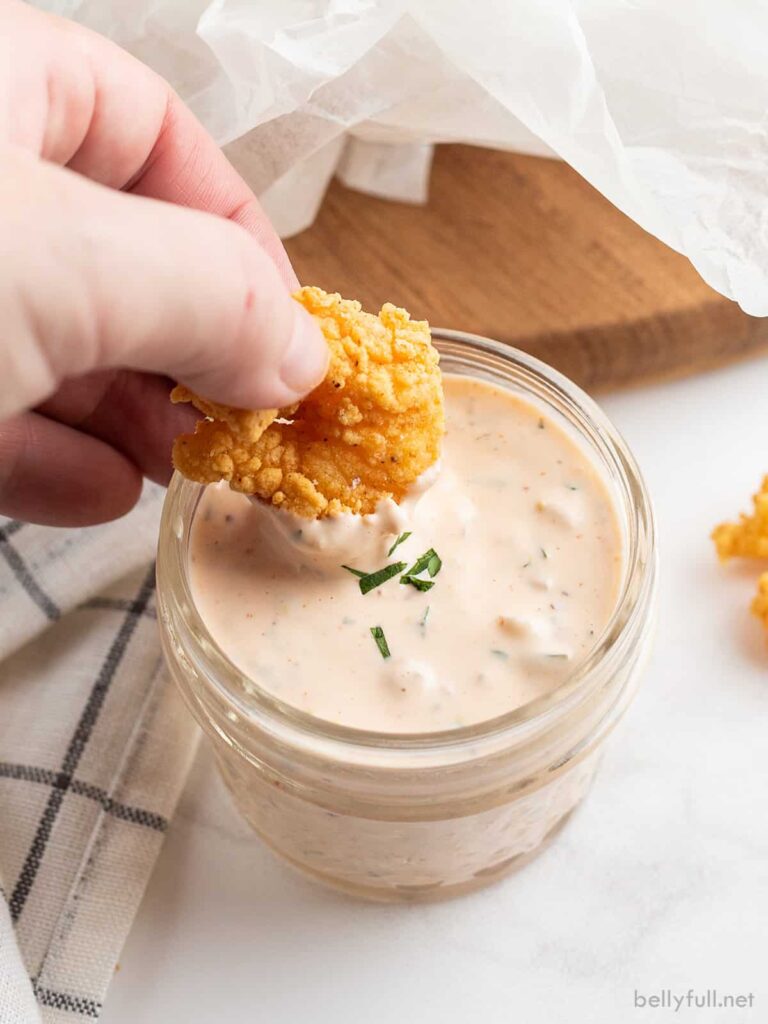 Simple Remoulade Sauce
Simple Remoulade Sauce
 Pineapple Scraps Vinegar
Pineapple Scraps Vinegar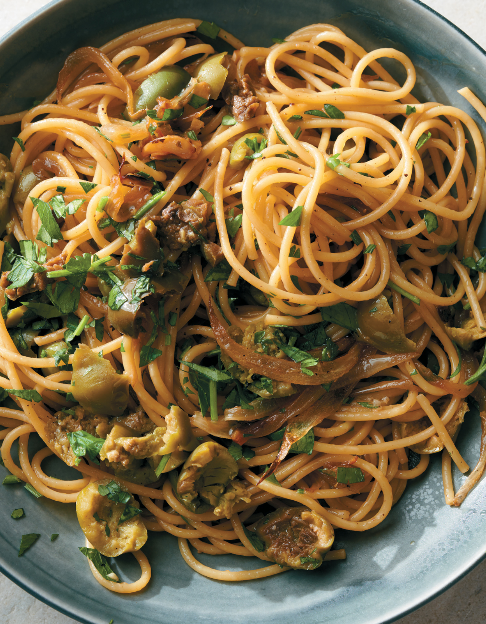 Winter Pasta with Garlic, Olives & Lemons
Winter Pasta with Garlic, Olives & Lemons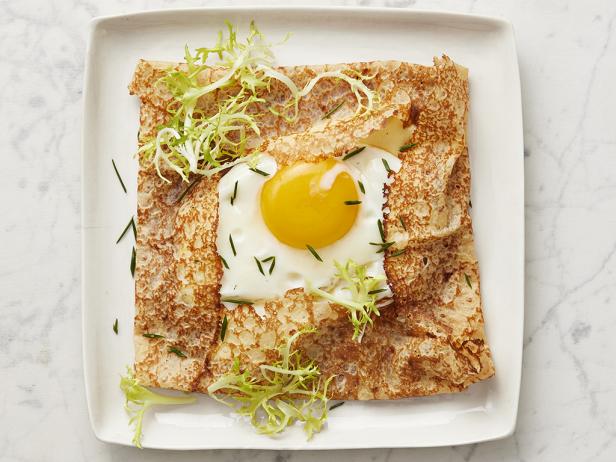
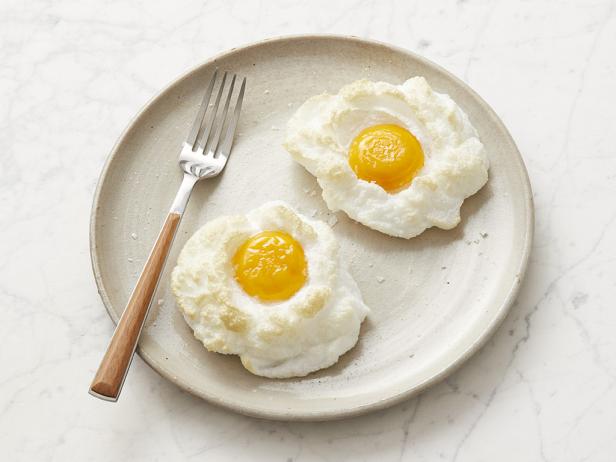 Egg Clouds
Egg Clouds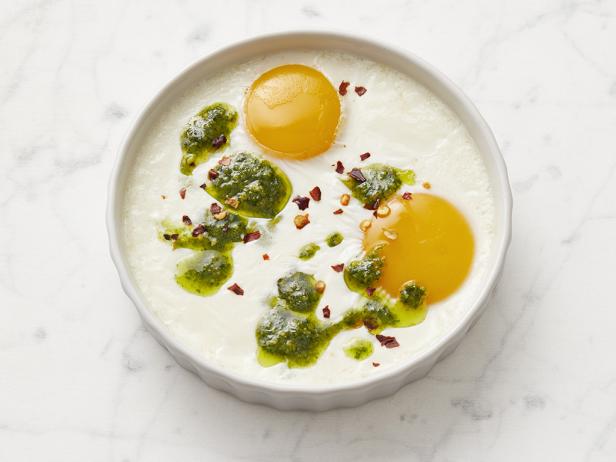 Creamy Baked Eggs with Pesto Butter
Creamy Baked Eggs with Pesto Butter Horseradish Butter
Horseradish Butter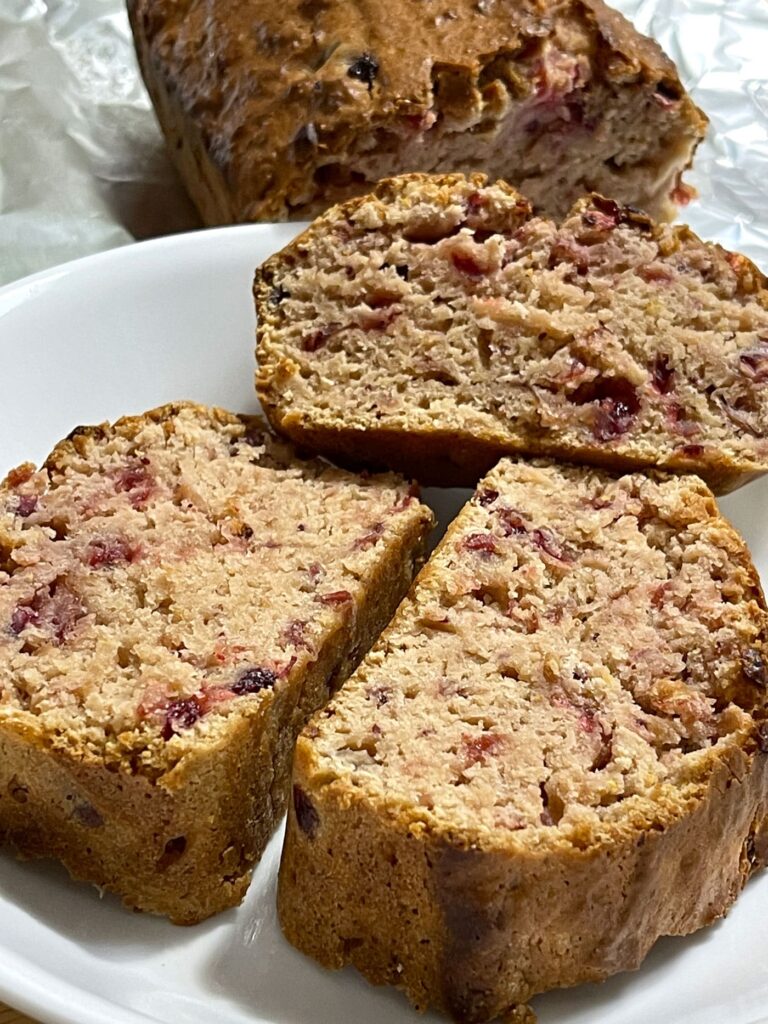 Pantry Friendly Cranberry Bread
Pantry Friendly Cranberry Bread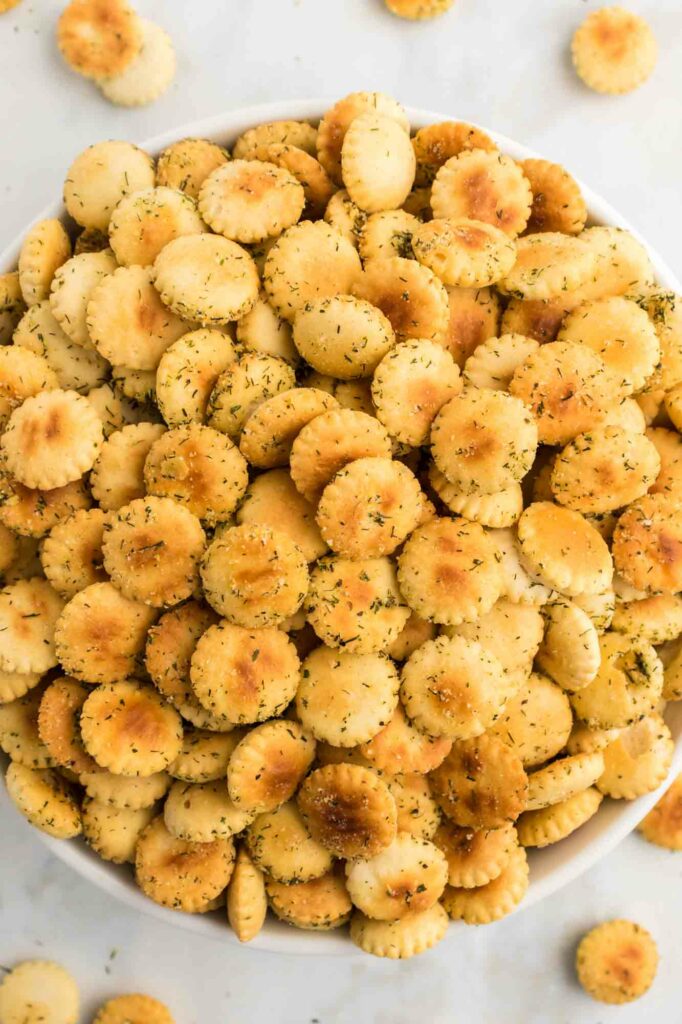 LTS Seasoned Oyster Crackers
LTS Seasoned Oyster Crackers Staples Pasta
Staples Pasta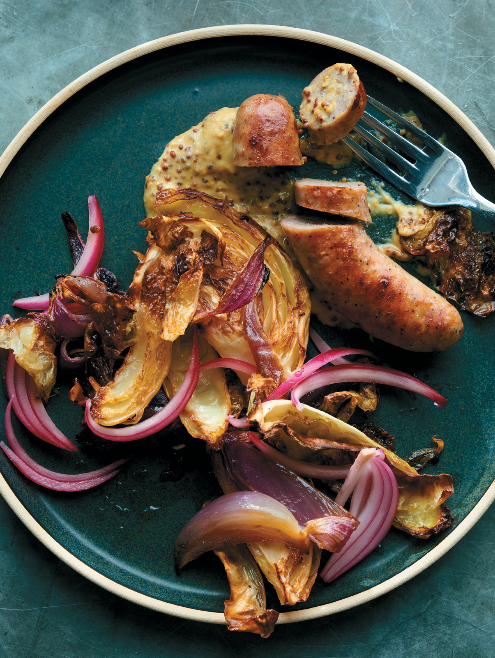
 Parmesan Frico Fried Eggs
Parmesan Frico Fried Eggs Mini Pesto Potato Spinach Frittata
Mini Pesto Potato Spinach Frittata Eggs in a Nest Pesto Pizza
Eggs in a Nest Pesto Pizza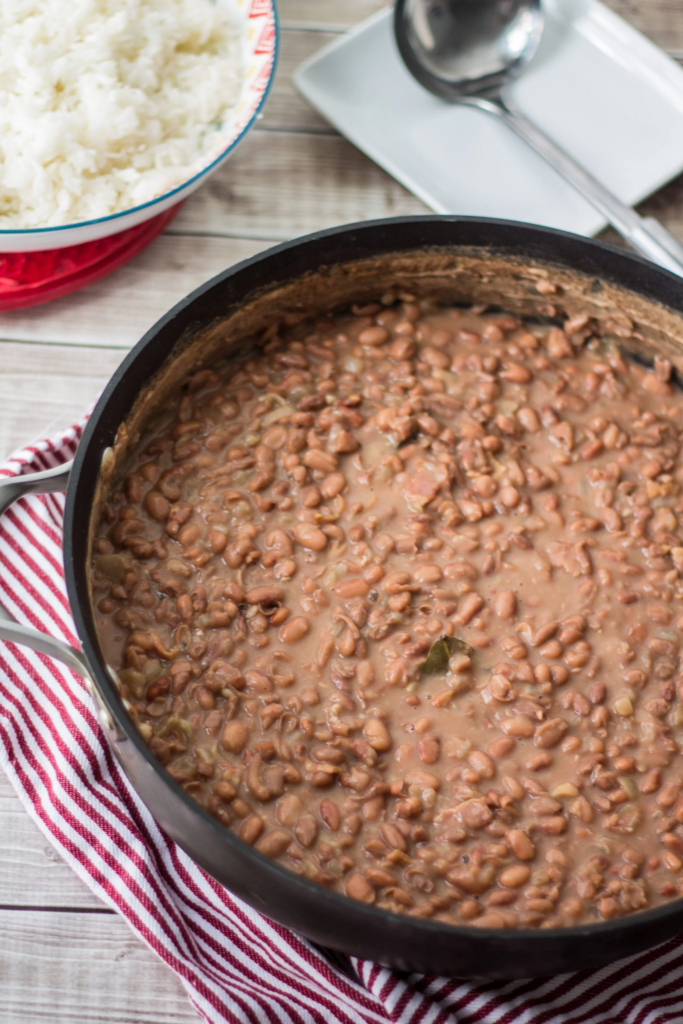 Creamy Brazilian Beans
Creamy Brazilian Beans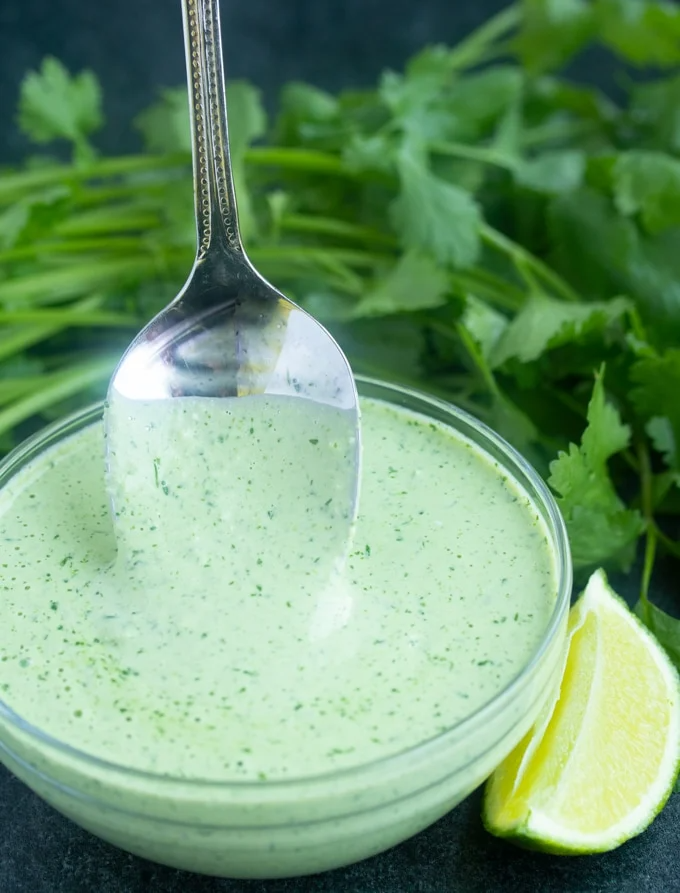 Peruvian Green Sauce
Peruvian Green Sauce Great Northern Beans, Sauteed Spinach, Cornbread
Great Northern Beans, Sauteed Spinach, Cornbread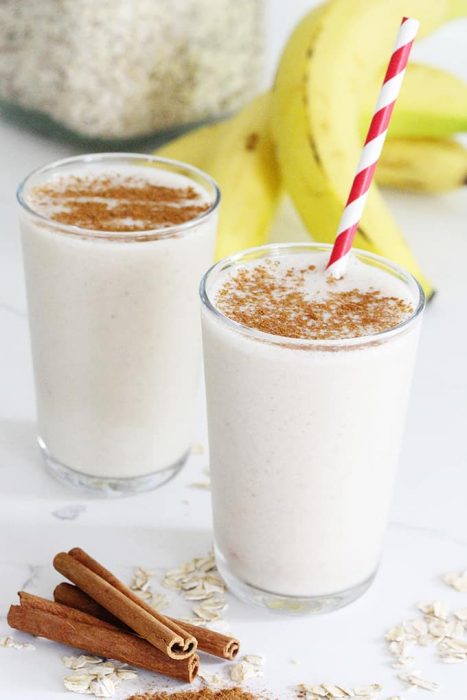 Cinnamon Roll Smoothie
Cinnamon Roll Smoothie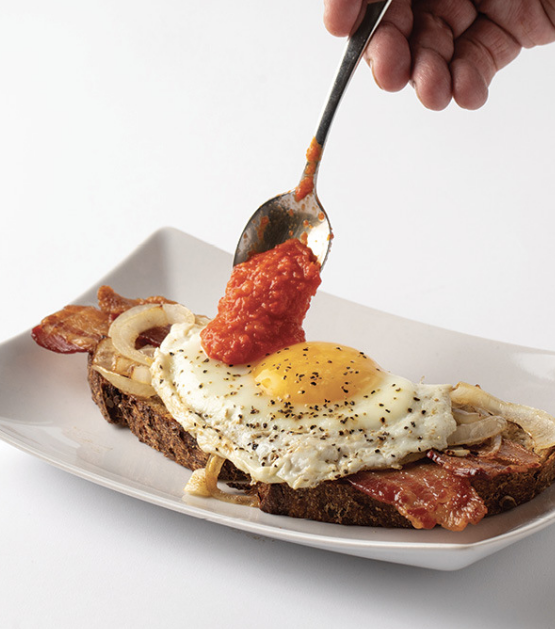 Amazing Bacon, Onion & Fried Egg Toast
Amazing Bacon, Onion & Fried Egg Toast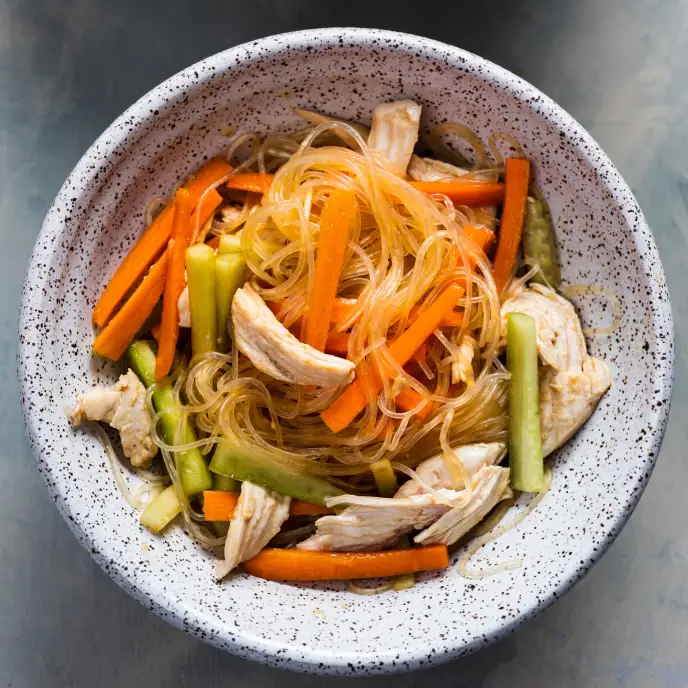
 Coconut Curry Meatballs
Coconut Curry Meatballs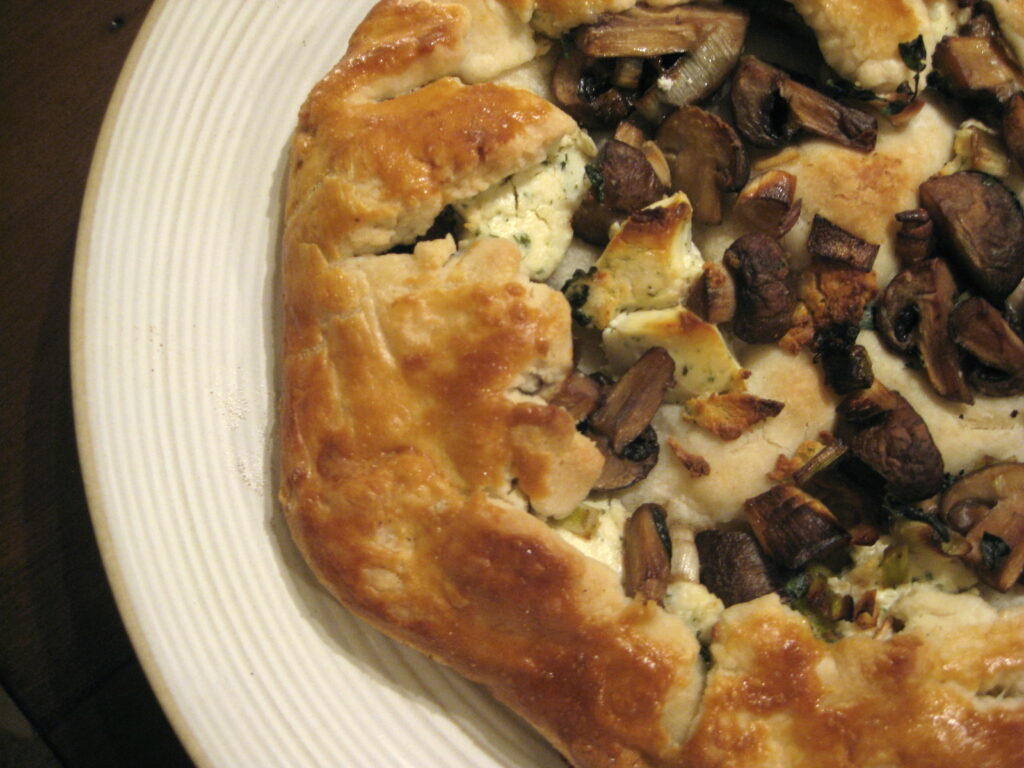 Cremini Mushroom, Goat Cheese, and Leek Crostata with Fresh Thyme
Cremini Mushroom, Goat Cheese, and Leek Crostata with Fresh Thyme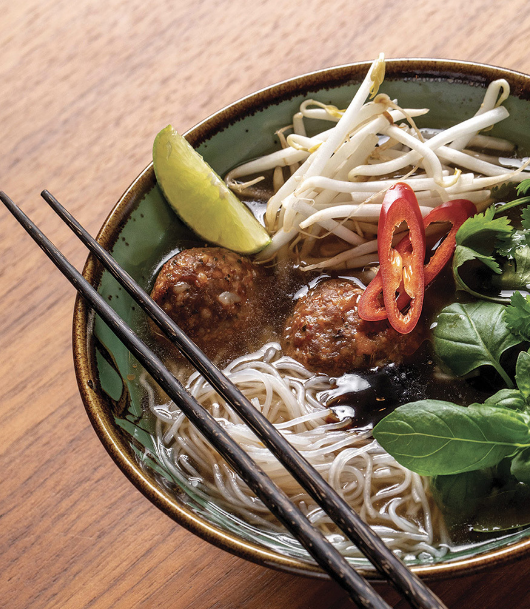 Glorious Meatball Pho
Glorious Meatball Pho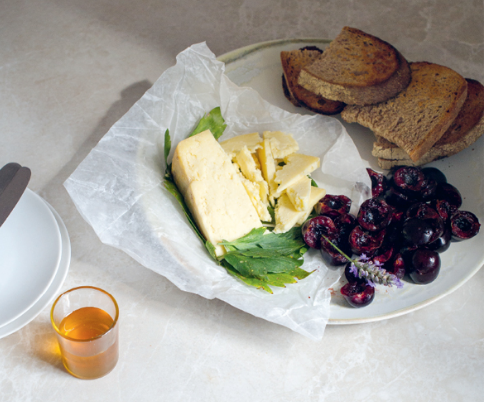 Cherries, Lancashire Lovage and Honey Lavender
Cherries, Lancashire Lovage and Honey Lavender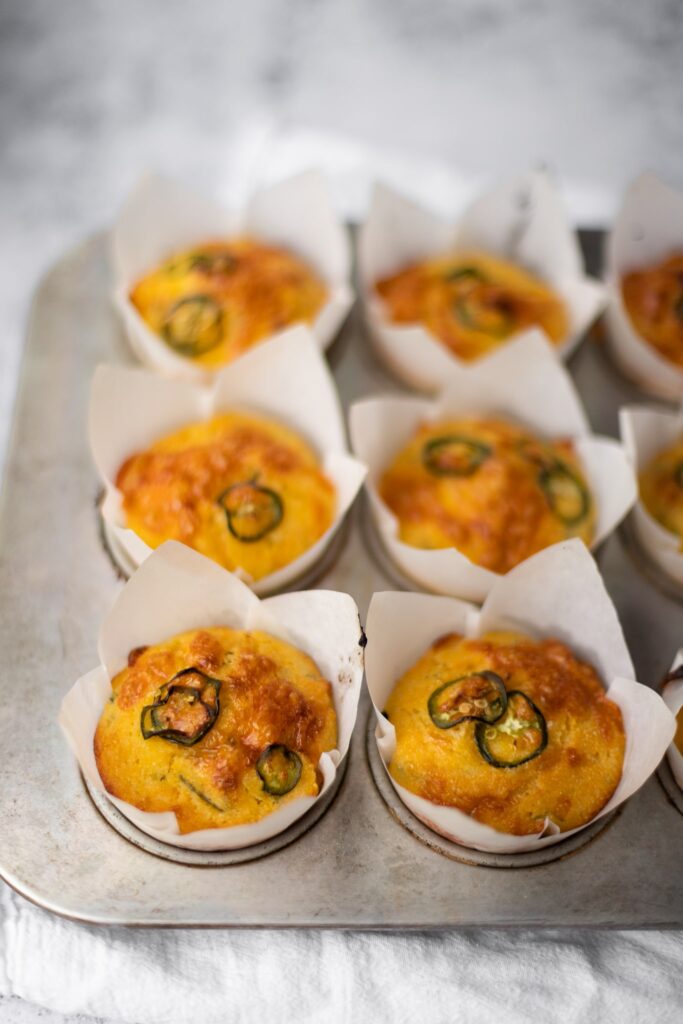 Jalapeno Cornbread Muffins
Jalapeno Cornbread Muffins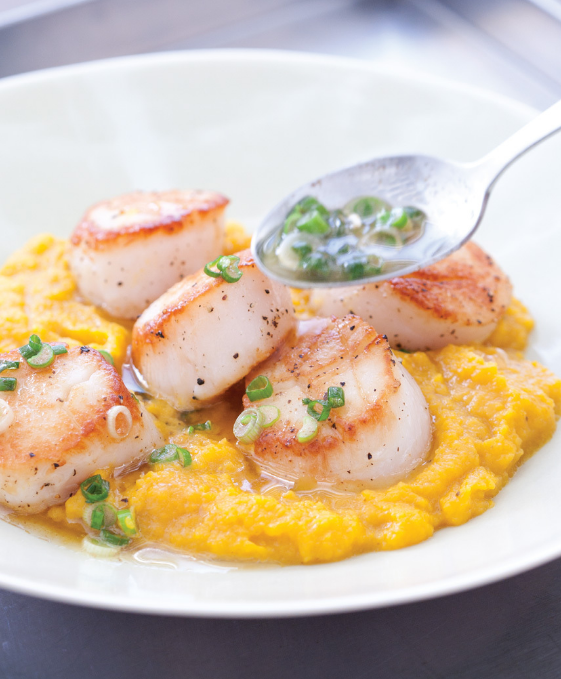 Pan-Seared Scallops with Butternut Squash Puree
Pan-Seared Scallops with Butternut Squash Puree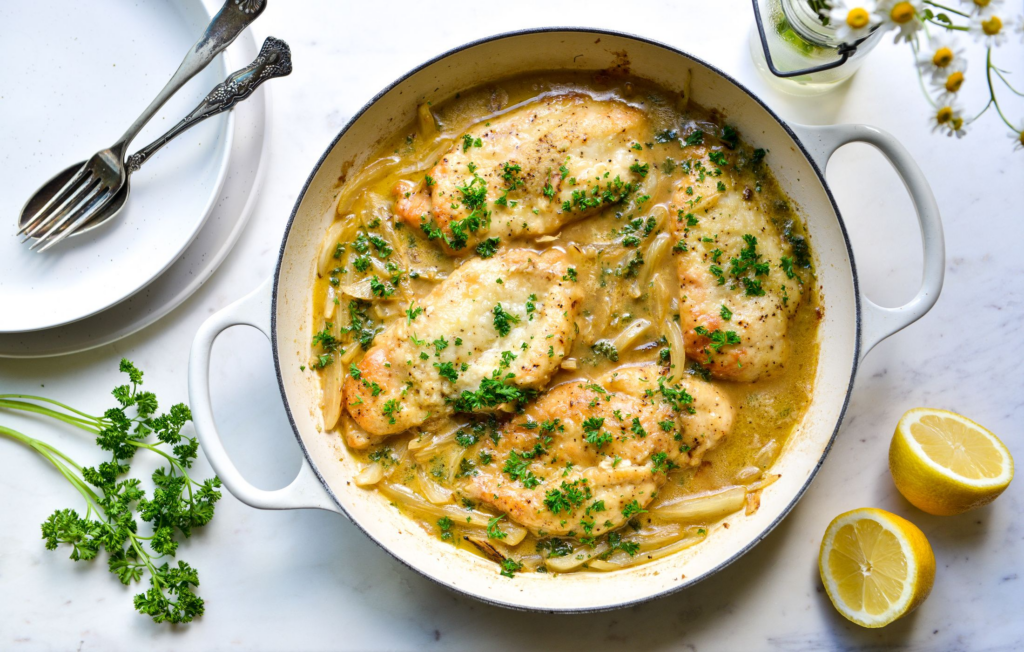 Lemon Braised Chicken with Fennel
Lemon Braised Chicken with Fennel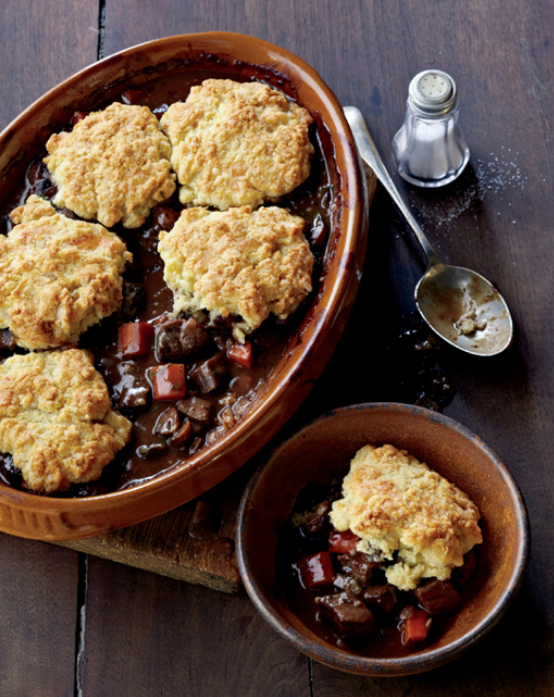 Steak and Mushroom Cobbler with Gruyere Biscuit Topping
Steak and Mushroom Cobbler with Gruyere Biscuit Topping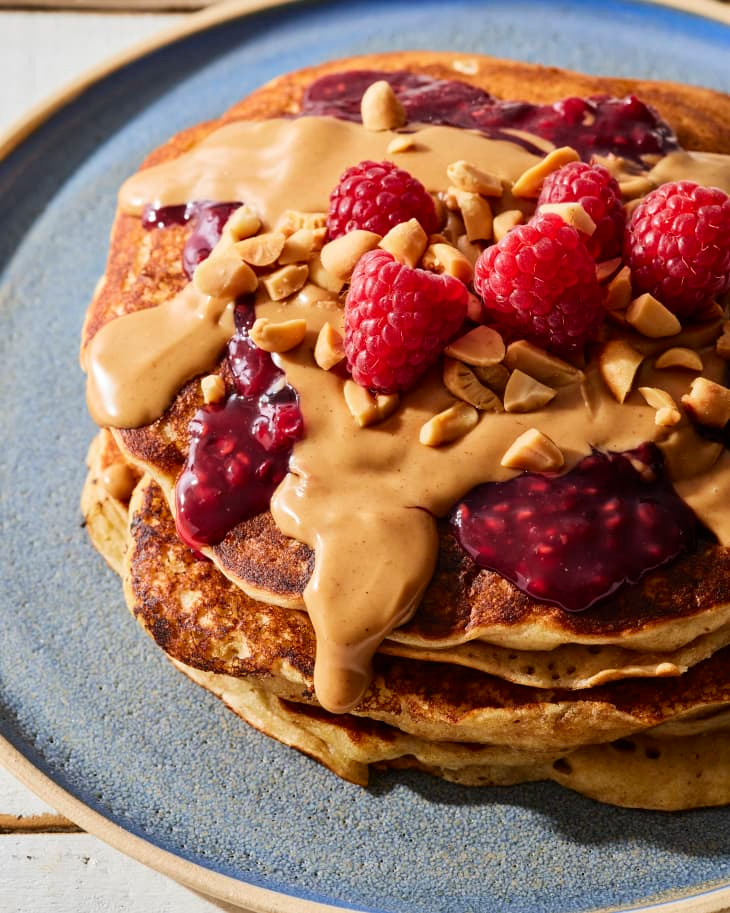 Eitan Bernath’s PB&J Pancakes
Eitan Bernath’s PB&J Pancakes